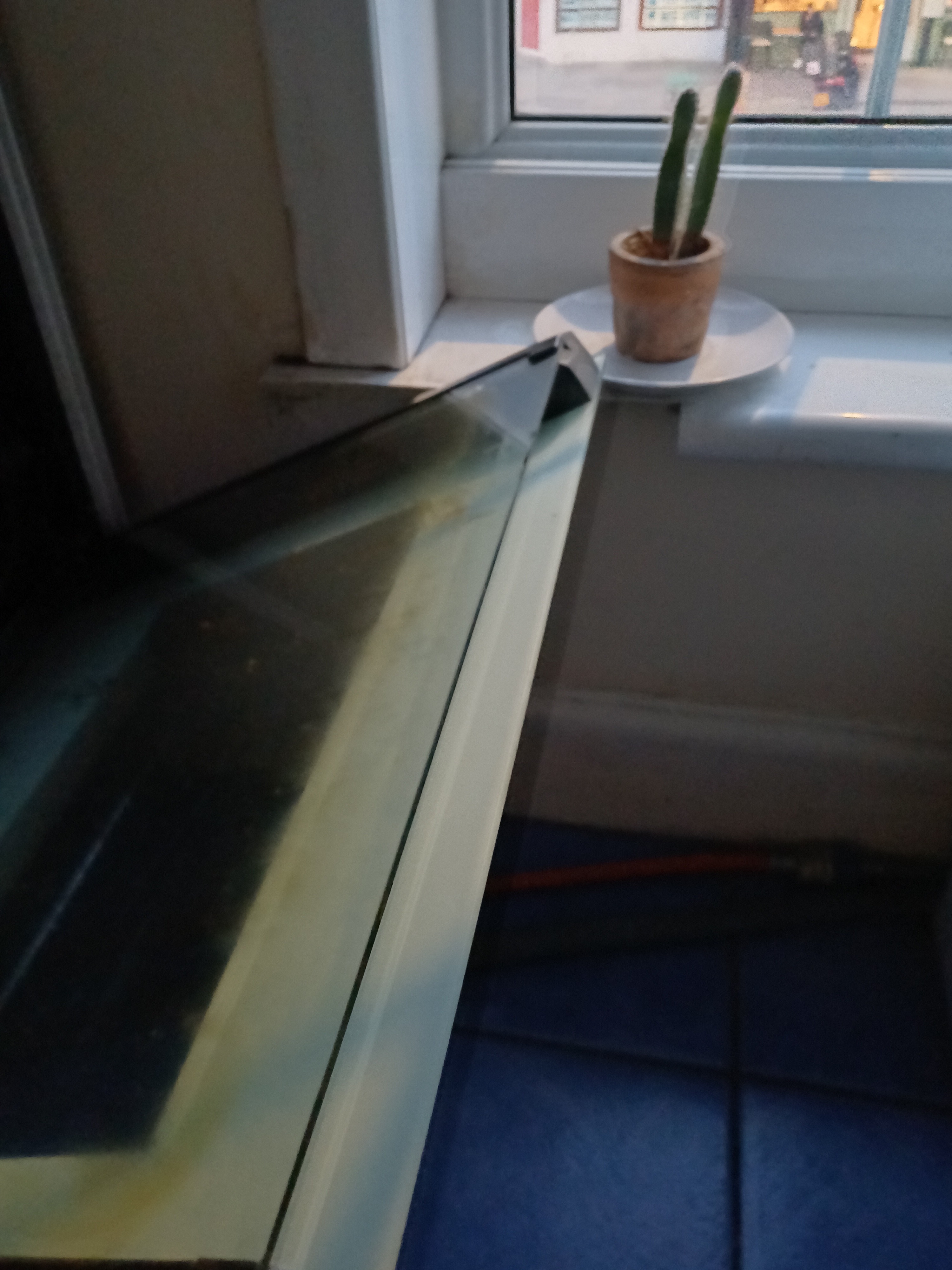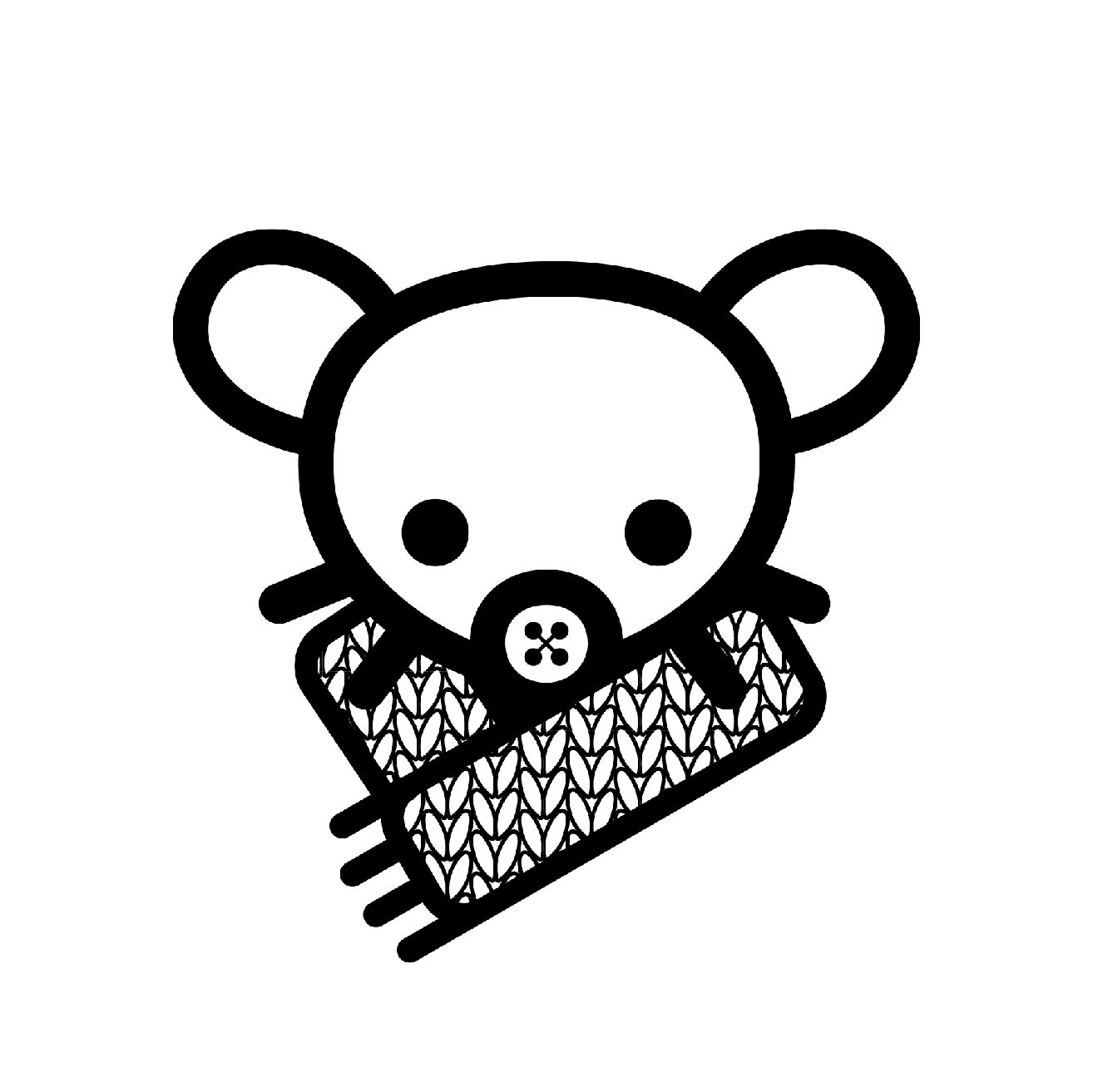- 1 Post
- 102 Comments
For dogs one spot is the chest between the front legs as well, they really can’t reach it themselves. It’s quite amusing how they just lean on your scratching hand, eyes rolling back
I live in a city with great public transport and for years Google maps was great for bus/tube times and walking routes. Now after 6 years of no probs Google maps has forgotten the bus stop right under my window and thinks I should walk up or down the road to the next stop. It has forgotten the crossings what are still there, no road works or anything, and thinks I should take 15 min detour instead of just crossing the street right then and there. It’s clearly going downhill here.
Not to worry, I’m convinced you’re a good fren everyone wants to hang out with. Goblin-ness not mandatory.

 3·2 months ago
3·2 months agoThere’s also an audio file for gekkering but that’s the pronunciation for the word, not the actual example…
Sisu and Luhka look like laikas but I don’t know enough about dog breeds
But do you pile and hoard stuff, do you like to sit in a mound of blankets, do you eat stuff indiscriminately? All of that matters…
I have not owned or worn sweatpants for three decades but everything else applies to me. Am I unknowingly a goblin?

 4·2 months ago
4·2 months agoApparently you can even make meringue with it. Haven’t tried that but I often make mayonnaise with aquafaba.

 21·3 months ago
21·3 months agoTell that to cycling phone snatchers in London

 2·4 months ago
2·4 months agoNo need to apologise, we all have brain farts sometimes. And akshully, duchess potatoes are baked and so are your balls, so there’s a crossover after all. It’s all looking great!

 3·4 months ago
3·4 months agoI’m curious, where’s the crossover between duchess potato and falafel? Totally different recipes and methods

 3·4 months ago
3·4 months agoAll over it, non native English speaker who loves chocolate

 3·4 months ago
3·4 months agoChocolate fudge pudding pie… that’s a dessert that just keeps on giving, I’d be so over that
Depends on time and location? I think I saw an actual lemon, not a picture or flavour, in my teens? Whereas a variety of homemade pickles were just there








Cocks are gorgeous to look at in many cases and have a lot of personality